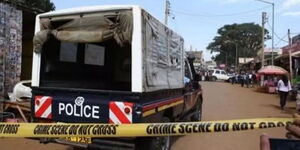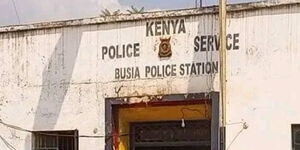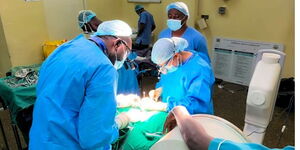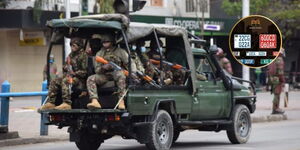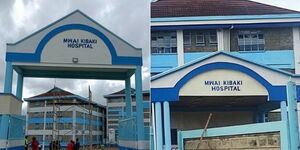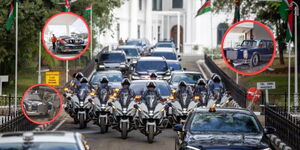On Monday, August 22, a plane flying to Nairobi, Kenya from New York was diverted to Casablanca, Morocco after a passenger fell ill on board.
The passenger was confirmed dead a few minutes after being rushed to a health facility in the West African country for treatment.
The sudden events caught the passengers and the crew off guard, with most not aware of what should happen or done.
"We convey our deepest condolences to the family and friends of the deceased and sincerely apologize to our other guests for the inconvenience," stated Kenya Airways in a statement after the incident.
Following the unfortunate event, Kenyans.co.ke highlights guidelines on dealing with death on board as outlined by the International Air Transport Association (IATA).
Notify the Captain
Immediately, if a person falls ill or is unresponsive on a flight, alert the captain to communicate with relevant personnel on the ground.
Notification to the captain ensures that the destination airport is aware of the incident.
Switch Seats
Move the person to a seat with a few passengers around. If all the seats are occupied, move the person to a back seat or an area not blocking an aisle or an exit.
IATA advises that extra caution should be taken when moving the person from seat to seat.
Use a seat belt
When the person is settled in a seat, use a seat belt to restrain them from falling. You can also use other equipment to prevent the person from falling.
Storage
If the aircraft has body bags, put the person in and zip the bag up to the neck.
In the event that the aircraft lacks body bags, cover the body with a blanket up to the neck and close the person's eyes.
Contact Family
Efforts should be made to request contact information from traveling companions. The contact details can help reach out to the person's family and alert them.
Disembarkment
Ensure other passengers disembark first while the family members stay with the body.
Do not disembark the body until the proper local authority has arrived to cater for the body. Also, ensure the ground personnel is available to assist the family members.
In addition, cardiopulmonary resuscitation (CPR) trained cabin crew members are warned against continuing with CPR when it becomes unsafe.

